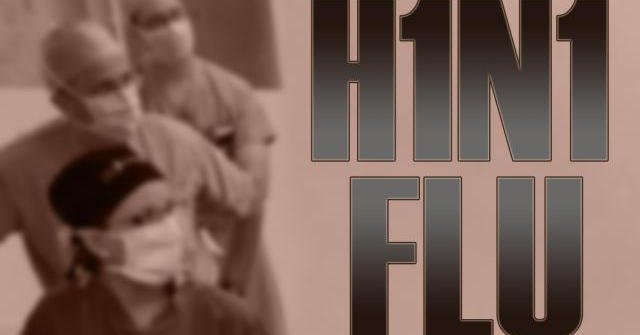Whereas Europeans could initially get away with having little knowledge of this stranger-danger situation, they’re now in state of apprehension, as the number of cases within the continent steadily swells. The first European victim was detected in Spain; a twenty-three year old flew in from a holiday in Mexico after complaining of chest problems. He was ordered to stay at home for at least seven days.
The wide range of common symptoms that a person who has contracted swine flu shows varies from mild fever, cough, sore throat, body aches, headache and chills, to other more severe indications such as pneumonia and respiratory failure. The virus is spread from person to person in droplets of coughs and sneezes, which are propelled through air and deposited on the mouth or nose of the nearby victim. Although everyone is a potential subject to these symptoms, pregnant women and people suffering from chronic medical conditions are the most susceptible.
European officials won’t be sure that the vaccine had effect unless it’s given to millions of people, so there’s still an air of uncertainty.
Health Departments across Europe have been busy launching persuasive campaigns such as “Catch it, Bin it, Kill it!”, with the intention of preventing as many cases as possible. Doctors are in fact urging the populace to wear facemasks, and cover coughs and sneezes when sharing common spaces with other people. Distribution of the antiviral medicine Tamiflu is well underway, thanks to the European Commission and the resources it’s constantly pooling in order to help EU countries be prepared. Despite the sufficient amounts being manufactured and are thus available for European citizens, European officials won’t be sure that the vaccine had effect unless it’s given to millions of people, so there’s still an air of uncertainty. Health and Social Care workers will be vaccinated first, followed by pregnant women and children under the age of five. Pensioners are unpredictably at the back of the list. In Greece, the whole population will be vaccinated.
What no one would have ever guessed is that the swine flu could turn out to be such a grubstake. For drug companies, chemists, firms offering health advice, and the media itself, exposure and news headlines translate into ready money. For young tourists who lack the funds to travel, this might be their golden opportunity to take trips at the cheapest rates. The prevalence of swine-flu related information is rekindling the necessity to read newspapers more frequently, thus generating a healthy flow of money within news organizations.
Contrary to the cynics who are already speculating a worst case scenario in which one third of the British population will have contracted the H1N1 virus, optimists are claiming that ninety-eight percent of the victims who got infected will recover fully without the need of any hospital treatment. After all, the swine flu is just another reason behind holiday hell, as are other types of flu, like the bird flu. The real fear factor in the case of swine flu is the possibility of mutation.
Another source of apprehension is the number of parents who aren’t sure about whether to send their children back to school in the fall. Younger people are more effected as they’re bound to be in crowds during their school hours, and that will consequently make them more vulnerable to the virus. The following September could prove to be the start of another pandemic, or not, if all precautions are taken.


Follow the comments: |
|
